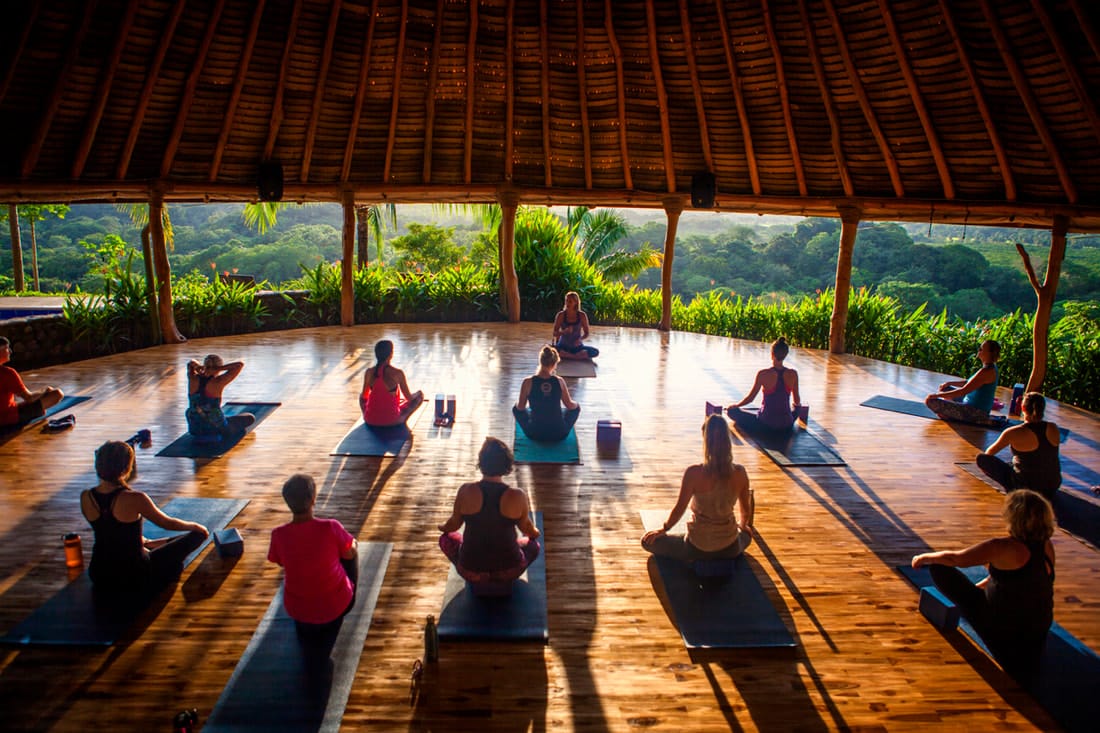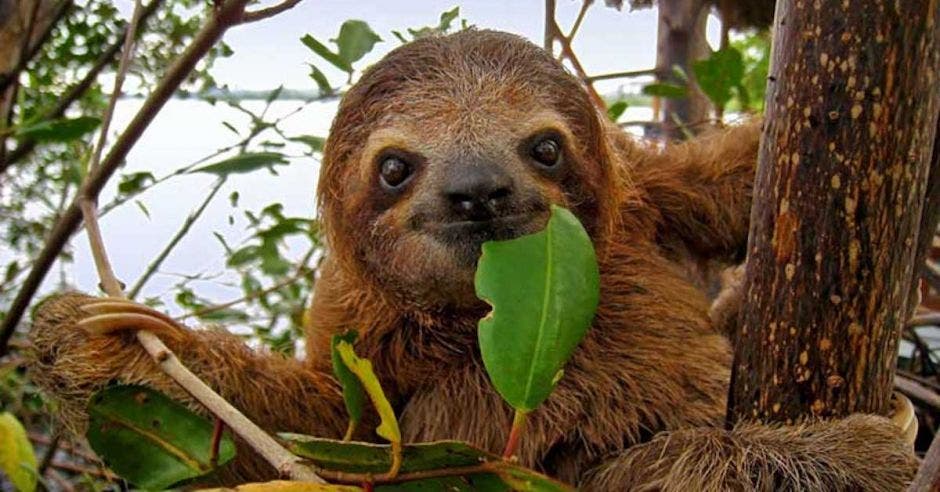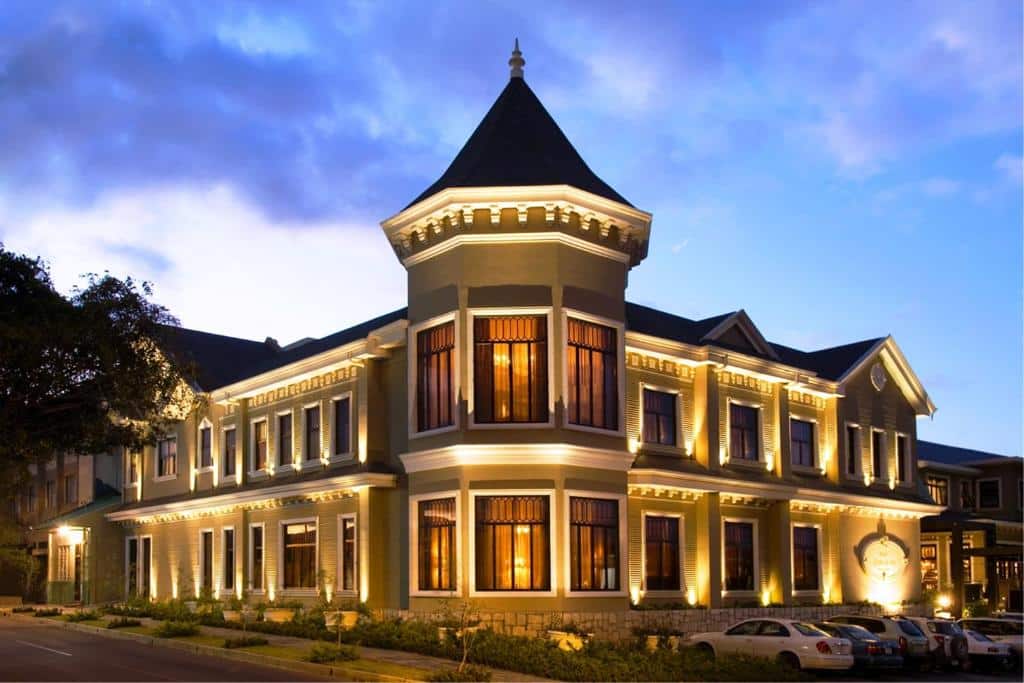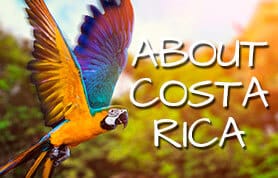It is well known that one of the best ways to know the history of a country is to visit those emblematic places that teach us more about the culture of a place. Costa Rica is rich in culture traditions and stories, the passing of the years has left its mark on this tropical paradise becoming the multiple tourist attractions of the country, the one with some wonderful museums as a means to know and learn about the foundation and changes through which that country has passed to become one of the most desired destinations in the Caribbean Sea.
Its capital, San José, is the center of the history, art, science and popular culture of Costa Rica, if you are documented or know a little about this country then you have many museums to visit. There are guided tours and even conferences that you can attend in some of the museums around the country on various points of interest. There are even many museums and activities for children and families.
1. National Museum of Costa Rica:
The National Museum of Costa Rica is located in the Bellavista Fortress, built in 1917. This was originally used by the military, when Costa Rica had an army before its abolition in 1948, and even still has some bullet holes from the Civil war of the same year. Today, the museum houses an important collection of pre-Columbian, colonial, industrial and modern art, archaeological artifacts and exhibits of natural and cultural heritage.
Likewise, visitors to the National Museum of Costa Rica will be able to observe some of the most interesting objects that have been unearthed from various archaeological sites, such as “metates” or grinding stones. Some of these metates are the size of a small bed and are believed to have been used during funeral ceremonies.
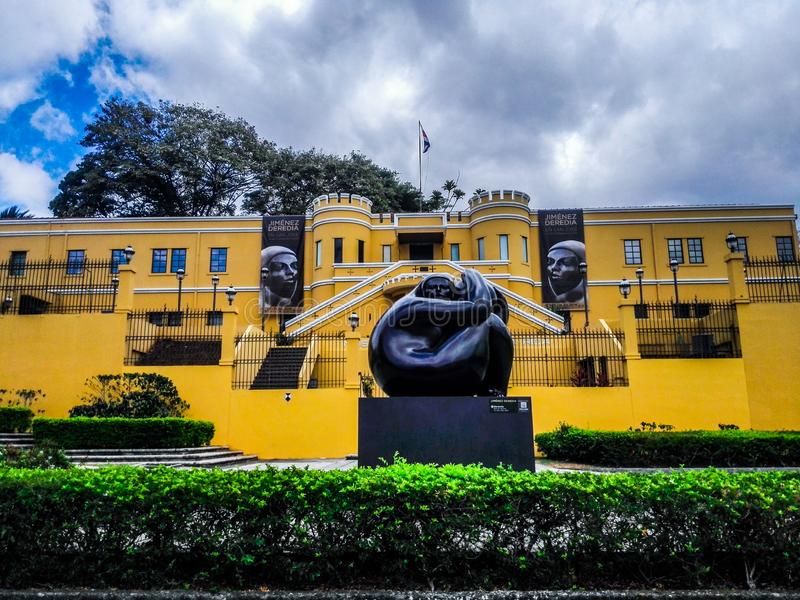
2. Museum of Jade Marco Fidel Tristán Castro:
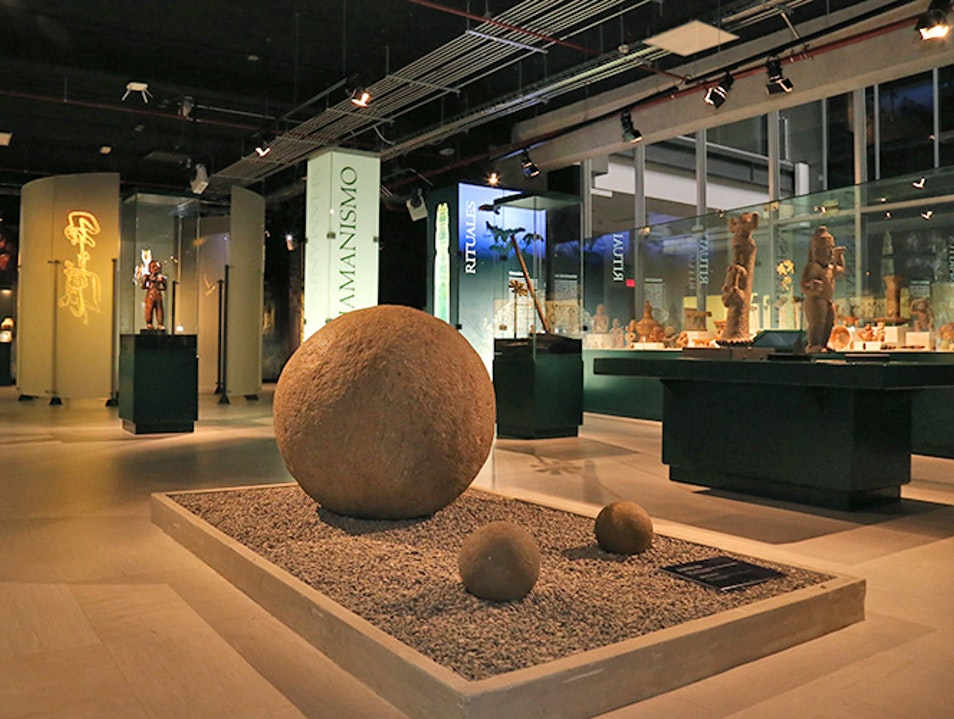
The Jade Museum, founded in 1977 by Fidel Tristán Castro, the first president of the INS, has allowed thousands of local and foreign visitors to visit its exhibition halls. The variety of the collection, consisting of four collections, archeology, art, ethnography and numismatics of pieces dating mostly from the years 500 BC and 300 BC. The museum uses dramatic visual images on
the glass walls, and even on the floors, to portray how the Indians lived and what they would have found. Each section has written descriptions of what you are seeing, both in Spanish and in English. In addition, this museum has 6 exhibition halls, where you could easily spend the whole day exploring.
3. Pre-Columbian Gold Museum – Museums of the Central Bank of Costa Rica
In the gold museum of Costa Rica you can inspect and observe thousands of artifacts from all the history recorded in the country. Located underground beneath the Central Bank, the collection has been built since the 1950s and today houses thousands of ancient gold pieces made by pre-Colombian inhabitants of Costa Rica, pieces that were worked from 500 AD to 1500 AD. The exhibition presents the functions of the pieces and their respective uses, as well as the manufacture and techniques to create them together with their reflection of their social organization and the daily life of societies.
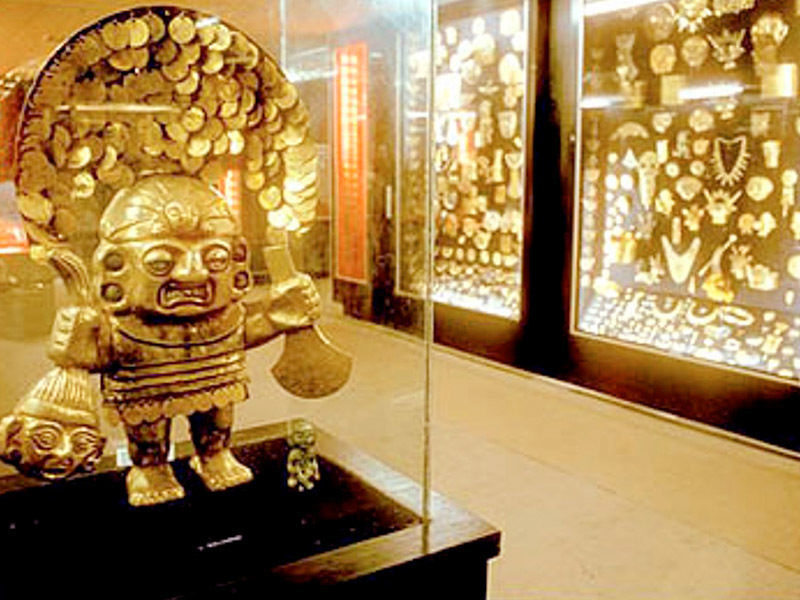
4. Costa Rican Art Museum
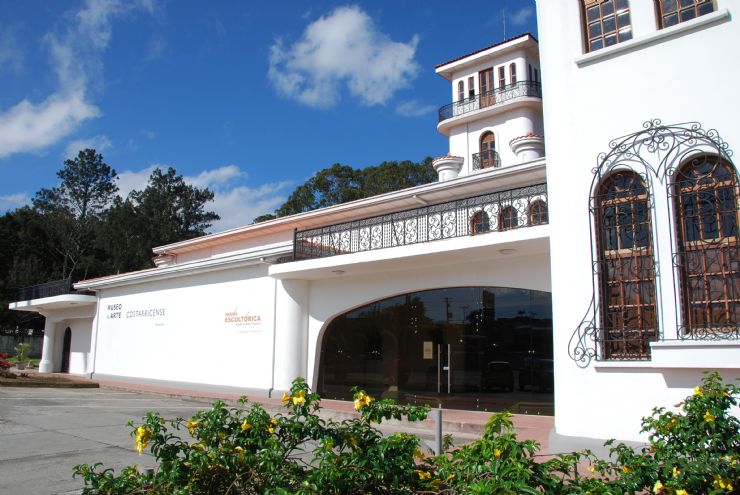
For art lovers, there is a museum in downtown San José that you won't want to miss. Unique in its history, in the past it used to be the terminal of the former international airport of Costa Rica, but today it is one of the largest and most iconic cultural centers of the Caribbean country.
The Costa Rican Art Museum is located in a beautiful neoclassical building built in the late thirties. The magnificent building, a work of art in itself, presents a permanent exhibition of 3,200 national treasures in all the media of the most famous artists of Costa Rica of the last two centuries. Temporary exhibitions fill side galleries, and in the back garden there are sculptures with works by the multiple artistic figures that left a mark through Costa Rican history.
In addition to its extensive permanent collection, the Costa Rican Art Museum also has a wide range of temporary collections on display, many of which offer guests the unique opportunity to see how Costa Rican artists have interpreted the first artistic trends in Europe as throughout the world.
5. Museum of Contemporary Art and Design
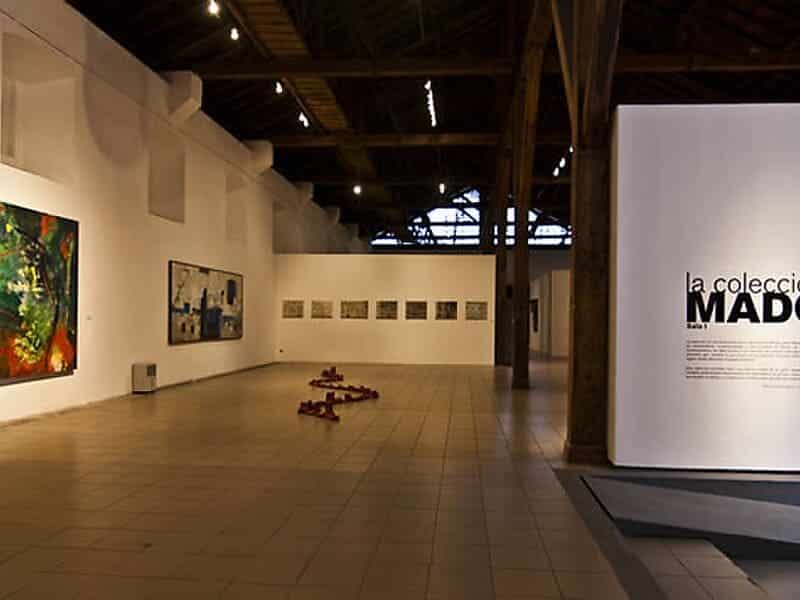
Continuing with interest in art, music and theater, there is another museum that you should not miss visiting also located in San José. This museum has many exhibits to visit and is very close to the city center, on the west side of the National Library. Visitors can explore the facilities through guided tours, conferences or simply on their own.
The Museum of Contemporary Art and Design opened its doors to the public in 1994. The museum is located on the premises of the Old National Liquor Factory, a building of great architectural and heritage importance. The facilities were drastically renovated in 1993 to house the museum and finally in November 2018 a new renovation was made for its reopening just on the 25th anniversary of the institution. This museum shares the space with the National Cultural Center (CENAC) and other theatrical spaces. There are currently 4 rooms for permanent and temporary exhibitions, as well as an outdoor space “Pila de la Molasses”, which is used for multidisciplinary events.
6. Democracy Square
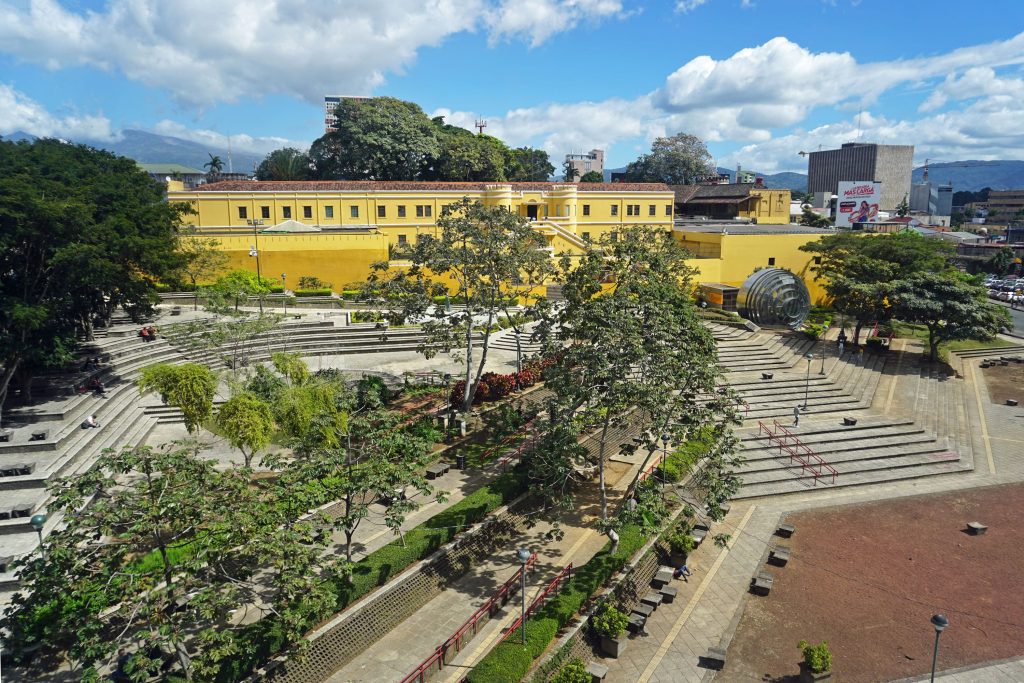
Democracy Square was recently remodeled, but this does not eliminate its important historical value. It is one of the main places of interest in San José, Costa Rica, because it is a symbol of Costa Rican peace and democracy, but in addition to this its structure is also quite interesting, because its multiple stands try to simulate the steps of the pyramids Aztecs, in addition to the
different activities that are carried out you can in the afternoon while you sit on the steps to listen to the best stories and poems written by the inhabitants of San José.
7. National Culture Center
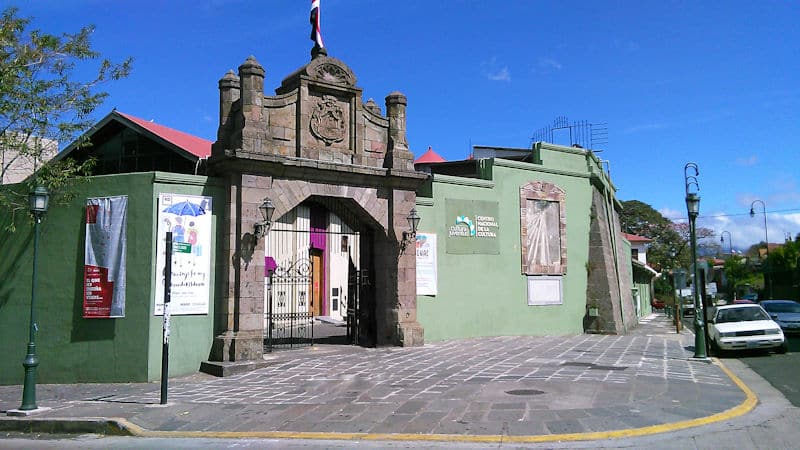
CENAC is part of the best places to visit in San José (Costa Rica), because it is one of the oldest buildings in the country and its amount of cultural and historical archives is immense. When the building was created, in 1853, it was thought that it was far from the urban center, although at present this has changed. The structure worked for many years as the national liquor factory, until its headquarters moved to Greece. But it was until the end of the last century that it was named as the National Center of Culture.
8. Students Walkway
The student walk is one of the busiest boulevards daily in San José, but few people know why its name. In 1937 he was called that way to recognize the effort that the students made in the fight against the dictatorship of President Federico Tinoco, along with workers and other important figures of the Costa Rican tradition. At present, it is more recognized as “Chinatown”, but it is important to remember the historical value that this place represents for the country.

